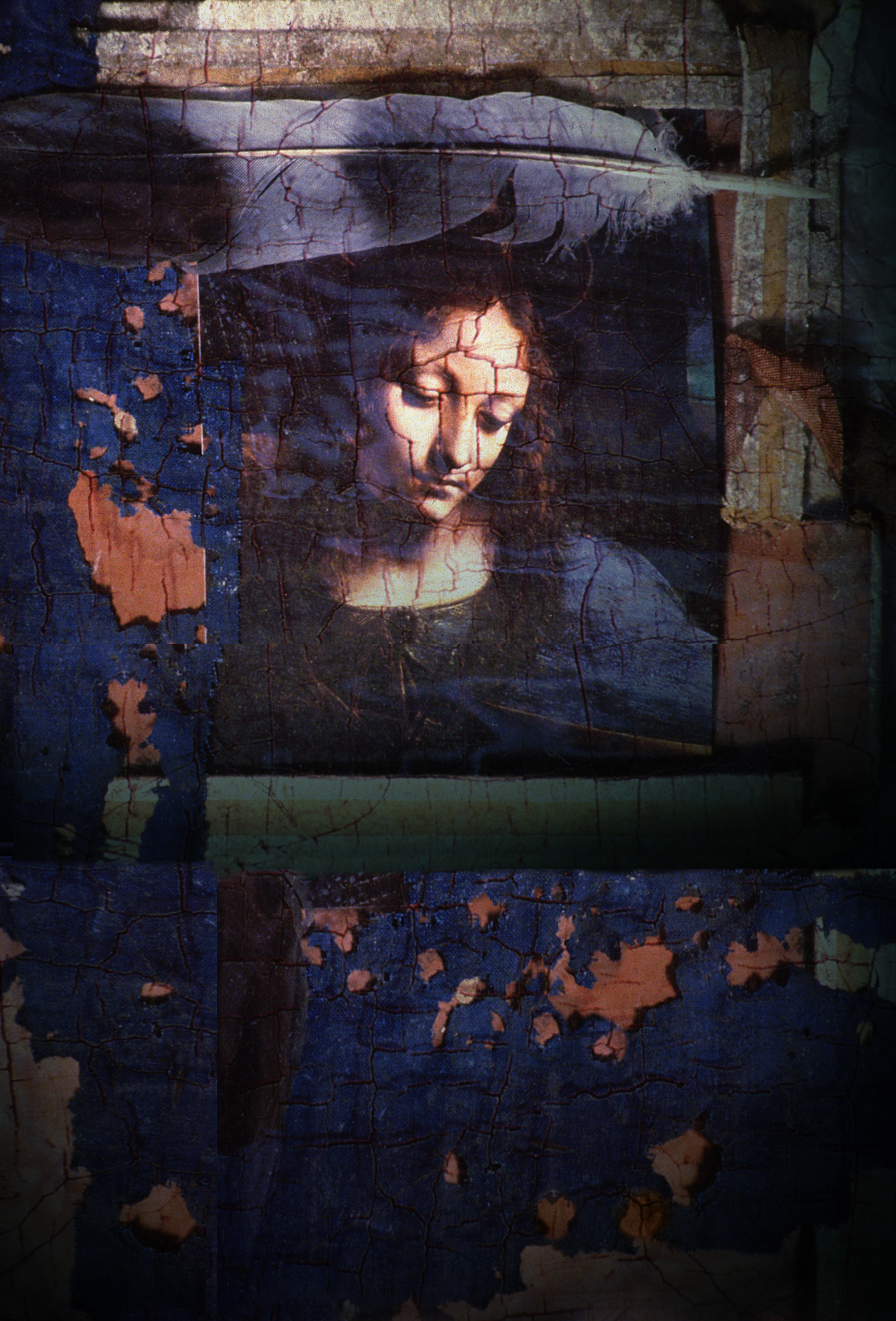JOHN FOXX
Cathedral Oceans
I made Cathedral Oceans because I wanted to hear it. I felt a need for a new kind of music, one capable of filling the room with something calm and luminous, which could make a room seem to be of infinite dimensions, a calm space to immerse myself in, making as complete a contrast as possible to an ever more stressful and crowded urban environment outside.
I also wanted to see what would happen if all the conventional tropes of beats and lapel grabbing techniques of both popular and classical music were thrown out.
There was also a great desire to make some continuity with the things I loved from the past. But one that is only possible today – using means which didn’t exist before.
So, I felt it must be made by electronic means, using modern technologies and taking into account all the possibillities of the ways we can now make and use music, while also acknowledging its continuity with the most ancient forms.
In 1982, when I owned a recording studio in the then derelict east end area of Spitalfields, I began to realise that the effects of the sound of churches had so intrigued me as a boy, were now retrievable – Sonic technologies had developed so you could have a cathedral in a small box and sing into virtual architecture of any dimension. You could make a choir by multiplying and harmonising your own voice. I made something called the Human Host for the Garden album in 1982 and sang my own version of Pater Noster.
This was the start of Cathedral Oceans. I wanted a pure version of this music, though, without drums or other modern instruments. It was to be abstract music, but a deliberate, modern evolution of chant – which evolved, I believe, by singers harmonising with the delayed return of their own voices echoing back from the walls – a music made by human interaction with the echoic spaces available inside huge ecclesiastical structures – a truly architectural music. Now we were able to interact in the same way but with notional spaces of infinite dimensions, and create new kinds of loops and reverberations through recent sonic technologies, so it finally became possible to make a valid and evolving continuity with that ancient music.
Architectural Music
I first began to be aware of the evolution of music when I sang in a choir, age 11 or 12. We sang Latin masses in various churches in Lancashire.
I realised that we were often harmonising with the delayed sound of our own voices reflected from the enormous interior walls of the churches.
This sensation was so enjoyable that I sometimes came in early for practice, taking great pleasure in improvising chants using the echoes from the walls. I also began to undersand this was a very human interaction with architecture – and it had resulted in our evolution of chant as a truly architectural music.



Much later, when I had my own recording studio, I began to experiment with delays, reverberation devices and harmonisers, in an attempt to recover some of the sensations I’d experienced as a boy singing in the choir.
By that time, I’d no wish to make anything in any way ‘religious’ but I still wanted to address some of the experiences that have come to be identified as’ religious’ or ‘spiritual’.
For instance, the pleasurable feeling of losing oneself, of dissolving among all the voices and reverberations of huge spaces, and joining with something much bigger than our wee isolated selves. Personally, I think this is a normal part of human experience, but it has come to be identified with religion.
Now, as well as churches, we have electronic spaces of unlimited dimensions, a new, mutable electronic architecture that allows us to slow, speed, multiply, repitch, even to reverse time - then replay it, moving both forward and backward in time simultaneously – a possibility which still astounds me and which I’ve used all through these recordings.
As for the music itself – well, that’s still arrived at through a very human response to these notional environments - by singing into them, exactly as we sang into cathedrals, caves and even into that great resinator, the ocean, all the way back along the line of our evolutionary past.
By that time, I’d no wish to make anything in any way ‘religious’ but I still wanted to address some of the experiences that have come to be identified as’ religious’ or ‘spiritual’.
For instance, the pleasurable feeling of losing oneself, of dissolving among all the voices and reverberations of huge spaces, and joining with something much bigger than our wee isolated selves. Personally, I think this is a normal part of human experience, but it has come to be identified with religion.
Now, as well as churches, we have electronic spaces of unlimited dimensions, a new, mutable electronic architecture that allows us to slow, speed, multiply, repitch, even to reverse time - then replay it, moving both forward and backward in time simultaneously – a possibility which still astounds me and which I’ve used all through these recordings.
As for the music itself – well, that’s still arrived at through a very human response to these notional environments - by singing into them, exactly as we sang into cathedrals, caves and even into that great resinator, the ocean, all the way back along the line of our evolutionary past.